For me, no visit to Munich would be complete without a visit to Nymphenburg Palace, or as they say in German: Schloss Nymphenburg. There are not many Munich palaces, only Nymphenburg and the Munich Residenz. But while the Residenz is in the heart of the city, Schloss Nymphenburg transports visitors to another time with its sprawling gardens in the western part of the city. Nymphenburg Park wraps around the palace and offers miles of spectacular trails through wooded areas and across calm meadows. It balances the feel of a magical palace with a suburban park. And I simply love it!
Maybe you’re your interests lie with the royal connection. Maybe you just want to experience life like a local. Nymphenburg Palace and Park is a great way to spend a day.
The History Behind Nymphenburg Palace
While it might not seem far from downtown Munich and the Residenz, Nymphenburg Palace was built as the summer residence for Bavarian Elector Ferdinand Maria and his wife, Henriette Adelaide of Savoy. Italian architect Agostino Barelli, who is responsible for the bright yellow Theatine Church on Odeonsplatz, designed the palace. Construction began in 1664 and was completed in 1679.
As you might expect, the palace and property changed each time a new elector came into power. The initial Munich palace wasn’t very large. It was under the rule of the couple’s son, Max Emanuel, that the palace was enlarged to what is seen today. Court architect Henrico Zuccalli added a structure to either side of the main building. The once cubist structure now had more of a flow to it.
While the earlier architects were influenced by Italian design, French tastes took over by 1715. It was then that Max Emanuel returned to Bavaria after living away for a period during the Spanish War of Succession. French talents, as well as local craftsmen, added to Nymphenburg by way of landscape and gardens, paintings and stucco work.
It was also around this time that the Nymphenburg garden pavilions began being erected.
Under the reign of Elector Maximilian III Joseph (reigned from 1745-1777), the palace became more lavish. The Great Hall saw a collaboration from Johann Baptist Zimmermann and François Cuvilliés the Elder. The Nymphenburg Porcelain Manufactory also took its spot at the front of the palace estate during this time. And you can still visit it there today!
Nymphenburg Palace Gardens
While the palace at Nymphenburg is undoubtedly the draw for most visitors, the garden — and park! — are must sees.
If you approach from the front of the Munich palace, near the parking lot, and pass through the arches to the garden you’re met with a visual surprise. The canals out front of the palace extend back as far as the eye can see through the garden. During the warm summer months, a gondolier offers rides. Flower beds and sculptures run parallel to the canal. In the distance, the water shimmers in cascading fountains.
The gardens originally began in the Italian style in 1671 before being redone in a French and then, under Friedrich Ludwig Sckell, English style.
Nymphenburg Park
Beyond the immediate palace and gardens is a wooded park. Trails meander throughout the property. They lead over old bridges and past countless birds, ducks, and waterfowl. It’s back in the park areas that you’re more likely to find locals strolling, jogging or just meeting up with friends.
Nymphenburg Park Palaces
One of the great pleasure of exploring the more than 400 acres of the park is you never know what you’ll find. If you search carefully, you’ll stumble upon Pan hidden under a tree with his flute. Elsewhere small palace buildings dot the landscape.
While the Schloss Nymphenburg park palaces seem small, you’ll get a surprise once inside. They are really quite spacious.
Pagodenburg
Built for Max Emanuel by Joseph Effner from 1716-1719, Pagodenburg is a 2-storey building. The downstairs features richly colored blue and white Delft tiles. Upstairs has several small Chinese-themed rooms.
Badenburg
Located at the far end of the park from the main palace, just off the Badenburg Lake, is the Badenburg building. It was also built by Effner but from 1719-1721. The building, appropriately, served as a private bathhouse with additional banquet rooms and a private apartment. Highlights of the banquet hall, like the stucco and ceiling frescoes by Jacopo Amigoni, were destroyed during World War II but have since been restored. The Roman-inspired bath is large enough for swimming!
Directly outside of Badenburg are benches. This part of the lake is a popular spot for birds and visitors looking for a quiet moment. The benches here are also a favorite spot of my husband and me. It’s easy to sit for hours watching the ducks and birds of all different varieties feeding, playing and simply living.
Across Badenburg Lake is Monopteros, or a Temple to Diana. The massive temple features lovely artwork on the inside of the domed roof and is a great place to sit.
Magdalenenklause
Tucked away not far from the Munich Botanical Garden, the Magdalenenklause was built by Effner in 1725-1728. Commissioned by Max Emanuel, he didn’t live to see the building’s completion. The project was, however, taken over by his son, Elector Karl Albrecht.
While the Magdalenenklause looks like it’s falling apart, the ruin appearance is intentional. Inside there is religious imagery. The single-story building is a place for reflection.
Amalienburg
The newest of the Schloss Nymphenburg park palaces is Amalienburg. Built between 1734 and 1739 by Karl Albrecht, the building was a hunting lodge and “small pleasure palace.” The building is lavishly decorated in the rococo style. A hall of mirrors sits at the building’s center. All of the rooms of the building feature-rich decorations with paintings, stucco work, wood carvings, and more.
Nymphenburg Palace Tickets & Tours
Admission to Nymphenburg Palace and Park is free — unless you would like to enter the main palace or any of the park palaces. To enter the buildings there is a fee. You can buy Nymphenburg Palace tickets right in the visitor center/gift shop in the palace.
(If you plan to visit both of the Munich palaces and other palaces in Bavaria, I recommend getting the Bavarian palaces pass to save some money.)
In the main palace, a selection of rooms on the first floor are open to visitors. Nymphenburg Palace hours vary throughout the year so take that into consideration. If you’re visiting during the winter, take note that the park palaces are not open. The main palace is open year-round.
You will also find the Marstallmuseum on the Nymphenburg Park grounds. The museum houses a collection of Nymphenburg Porcelain as well as a collection of historic carriages and sleighs.
Getting to Schloss Nymphenburg
The Schloss Nymphenburg parking lot offers free parking directly in front of the palace. However, the number of spots is very limited. This is especially true during peak travel times.
There is a Schloss Nymphenburg stop on the Tram 17 line. However, it’s only a short walk from Romanplatz (tram lines 12 and 16). With the S-Bahn, the closest stop is Laim while Rotkreuzplatz is the closest U-Bahn stop. Both S-Bahn and U-Bahn are somewhat far away (more than a mile) so you’ll likely want to take a bus (or, from Rotkreuzplatz, a tram) unless you’re feeling energetic.
If you’re looking to spend a little more time at the palace and park, I recommend the nearby Hotel Laimer Hof and Holiday Inn Express Munich City West.
Save this post for later with Pinterest!
All photos, as well as all opinions, are my own.
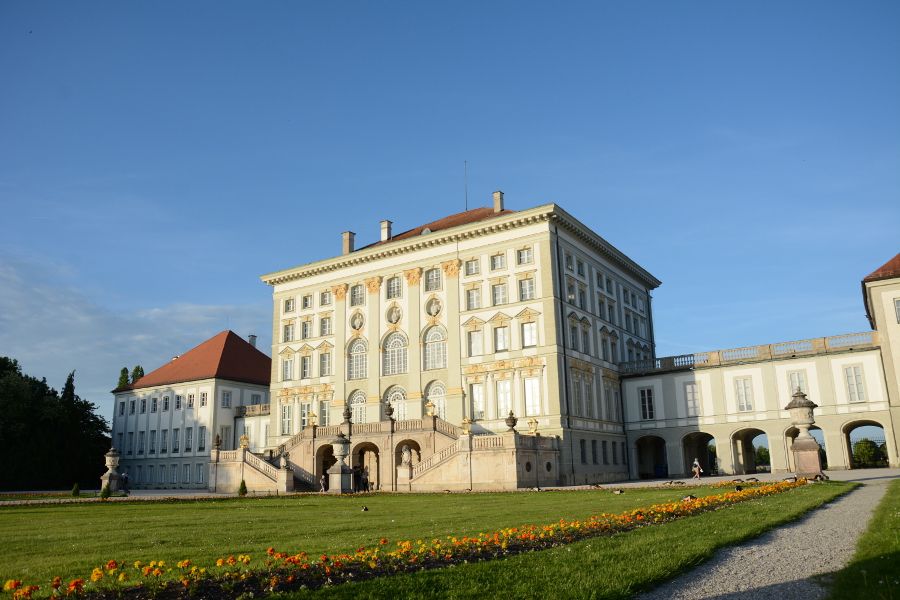
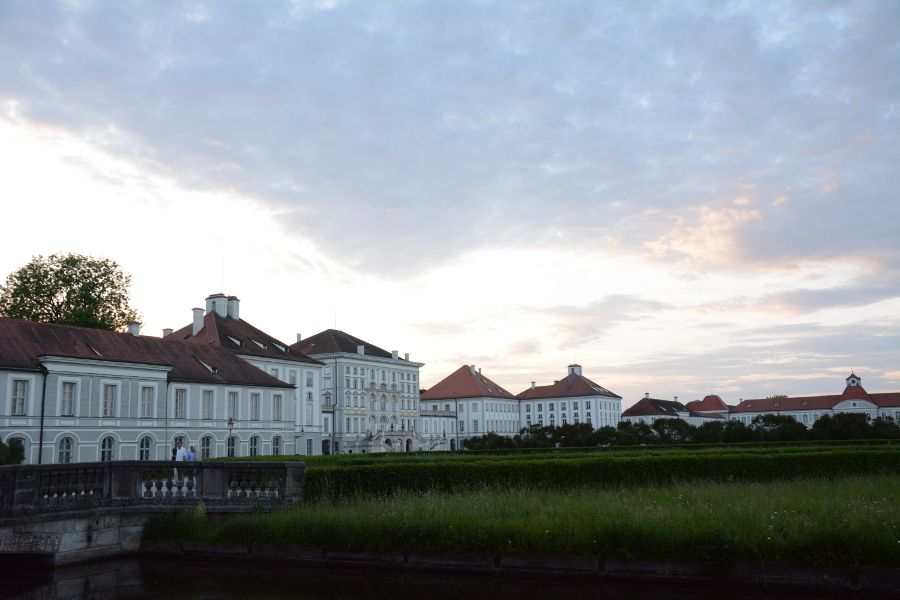
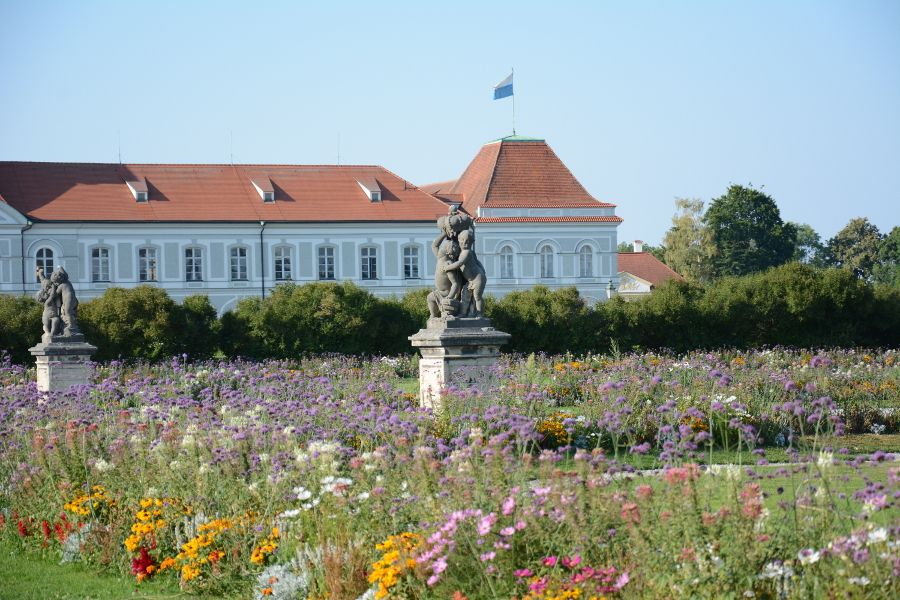
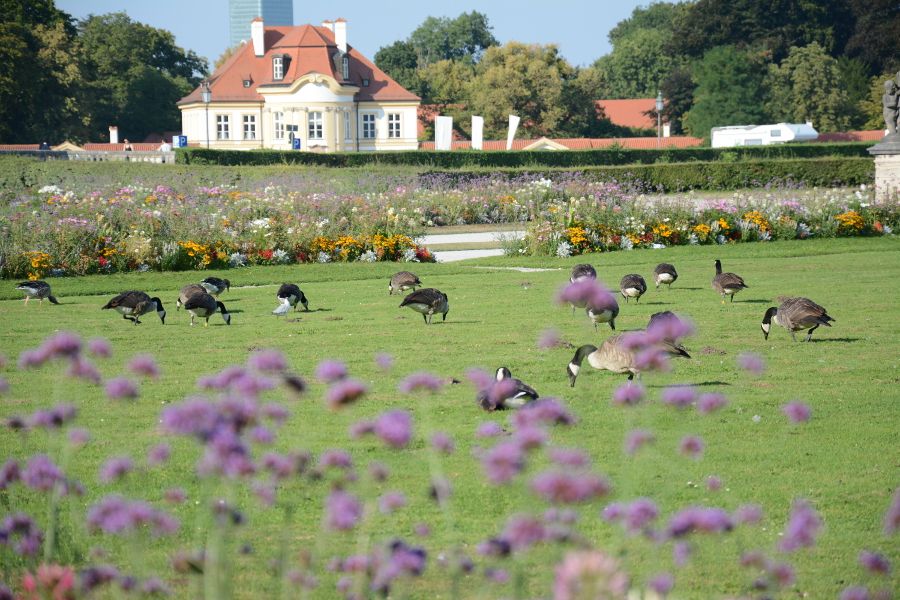
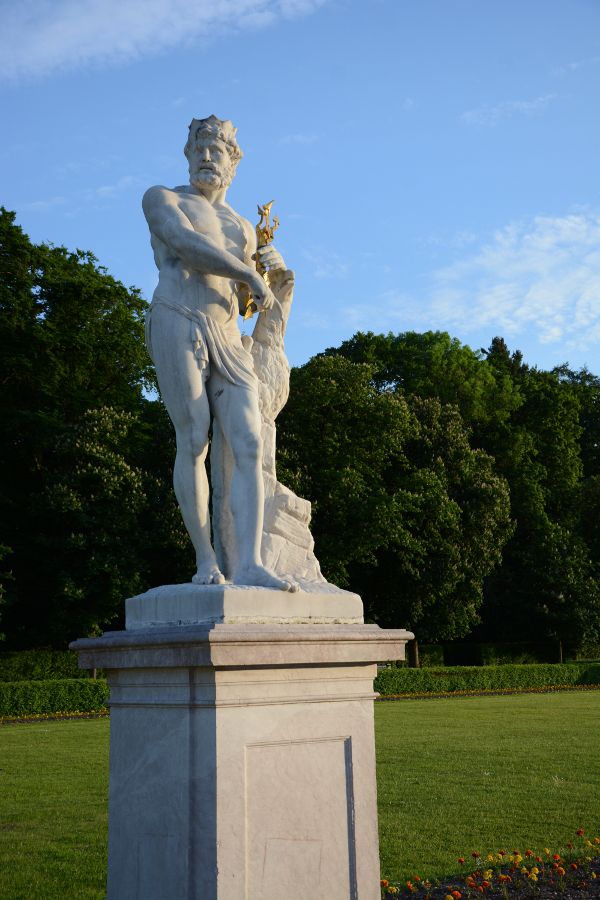
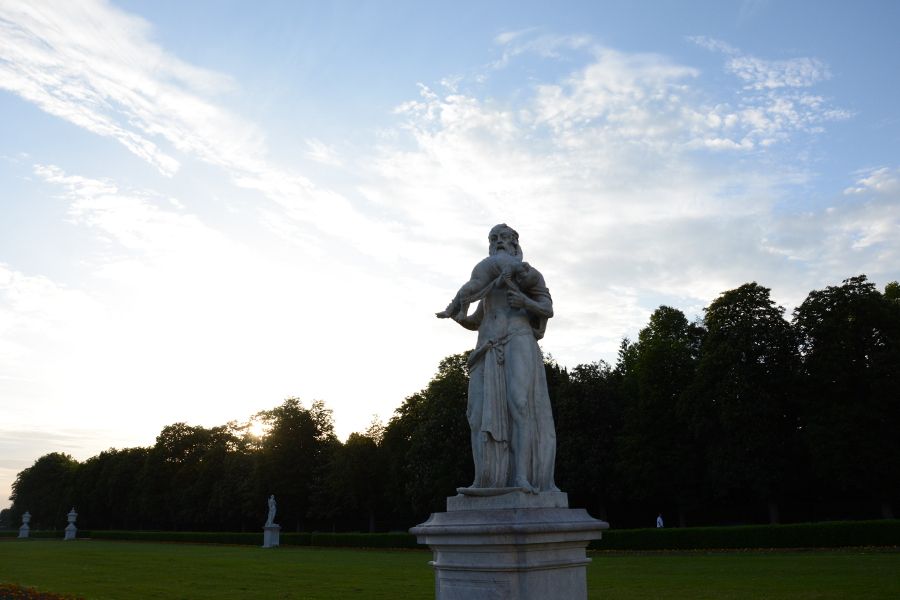
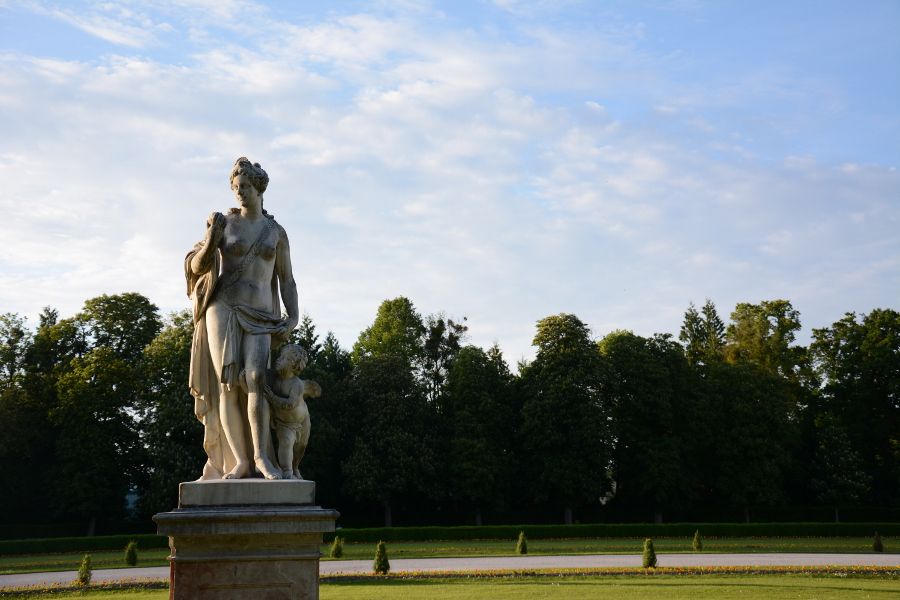
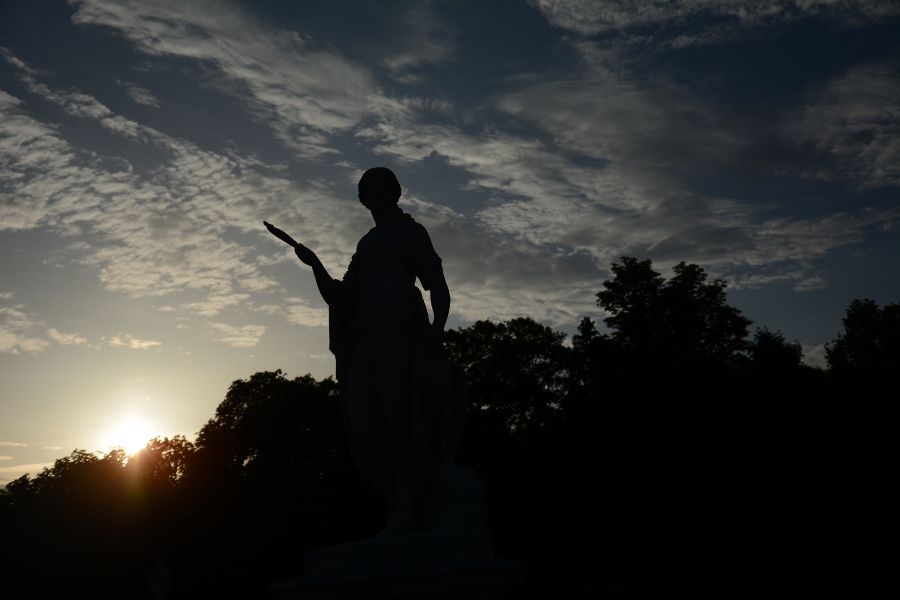
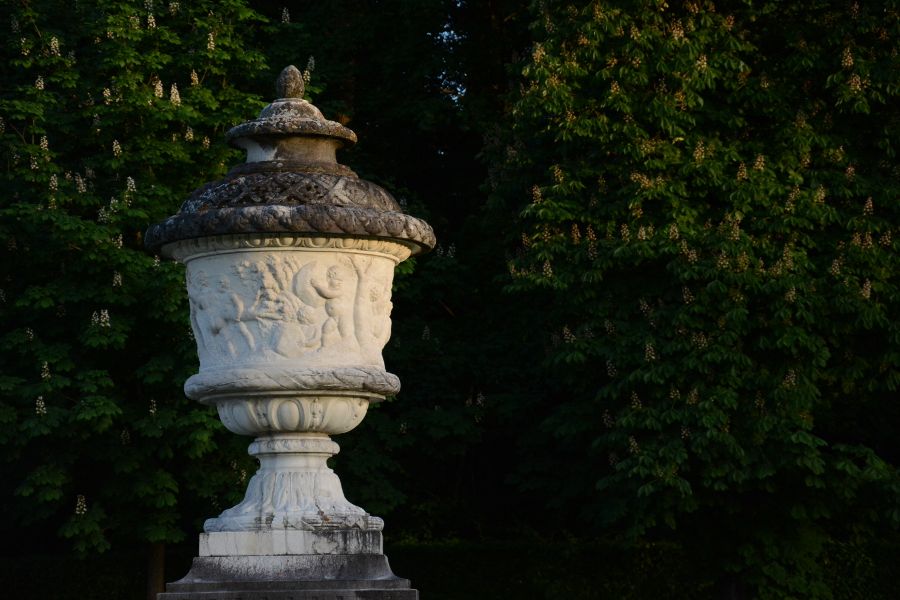
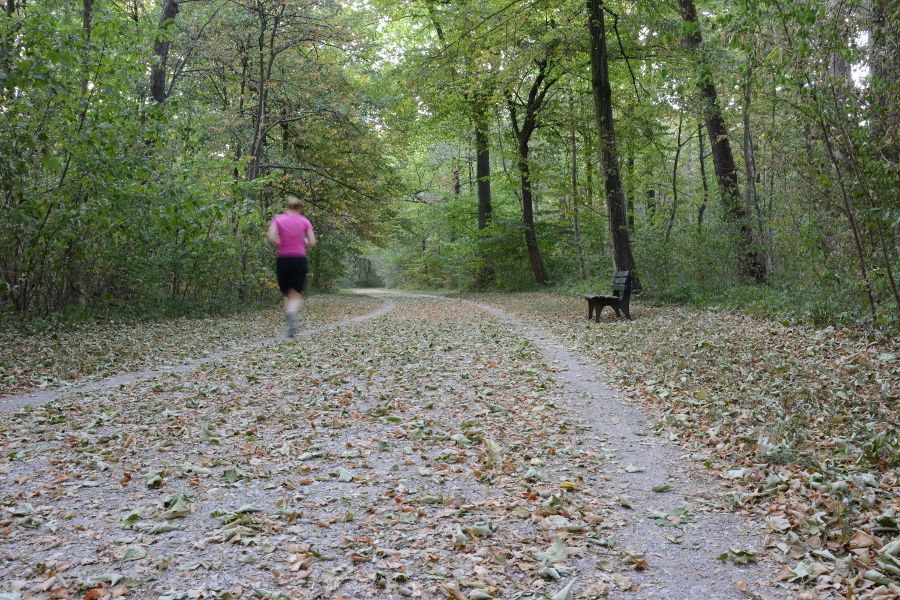
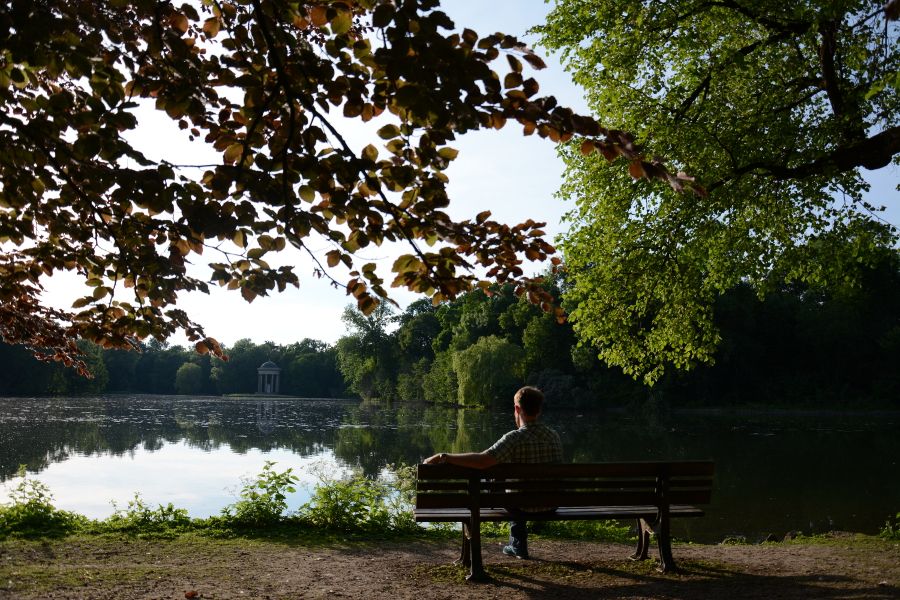
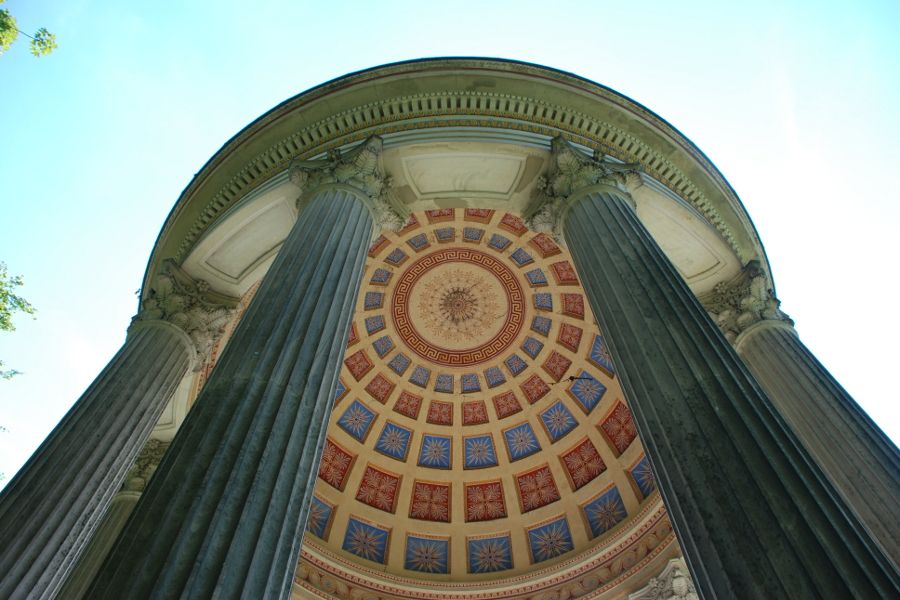
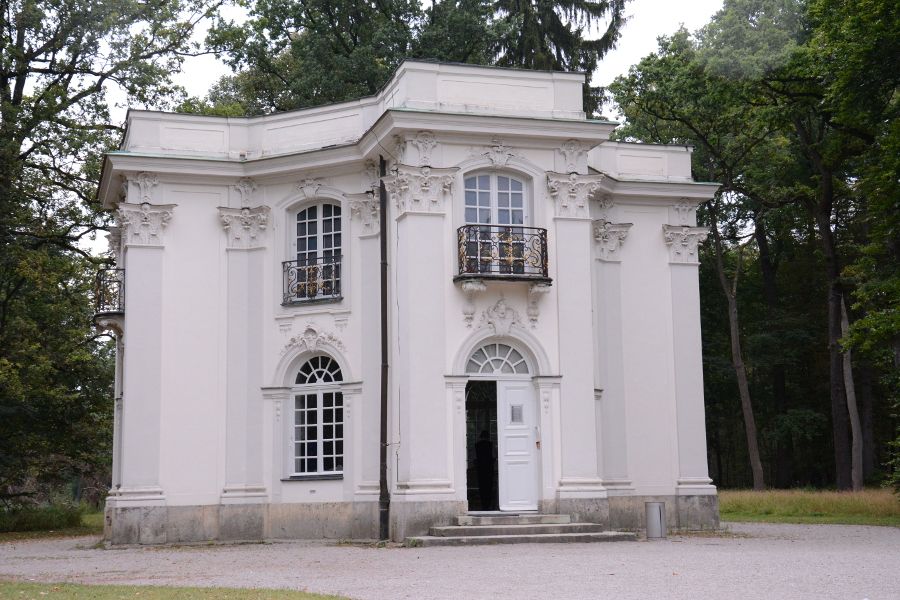
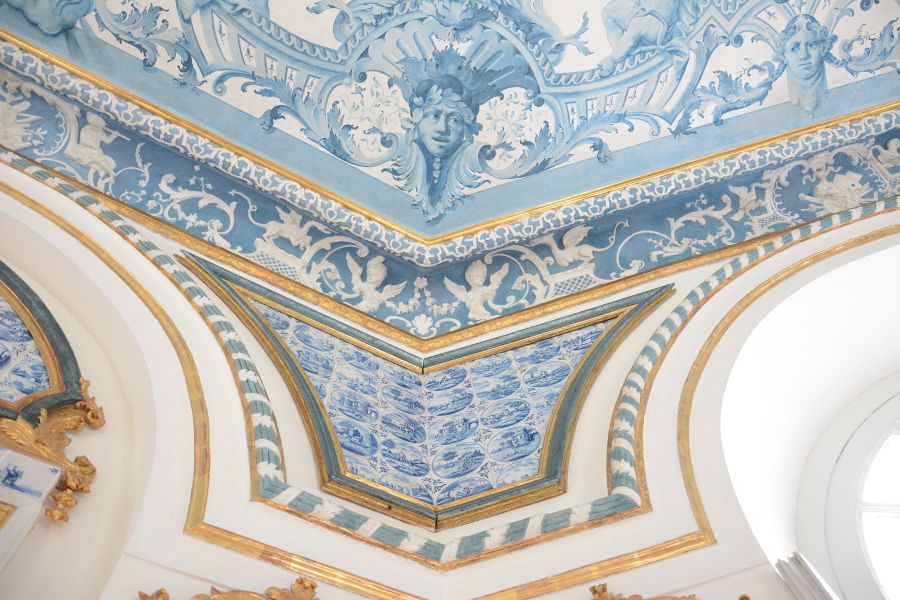
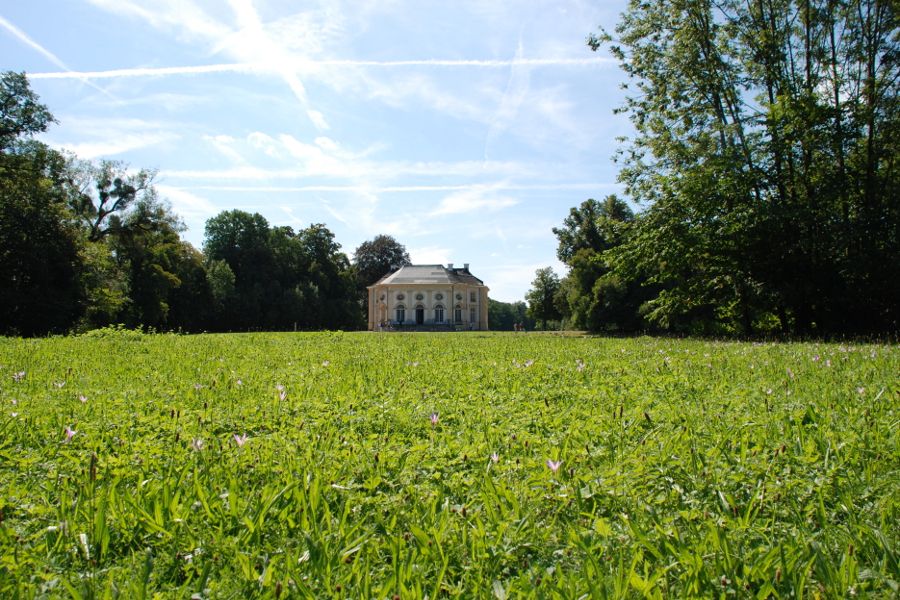
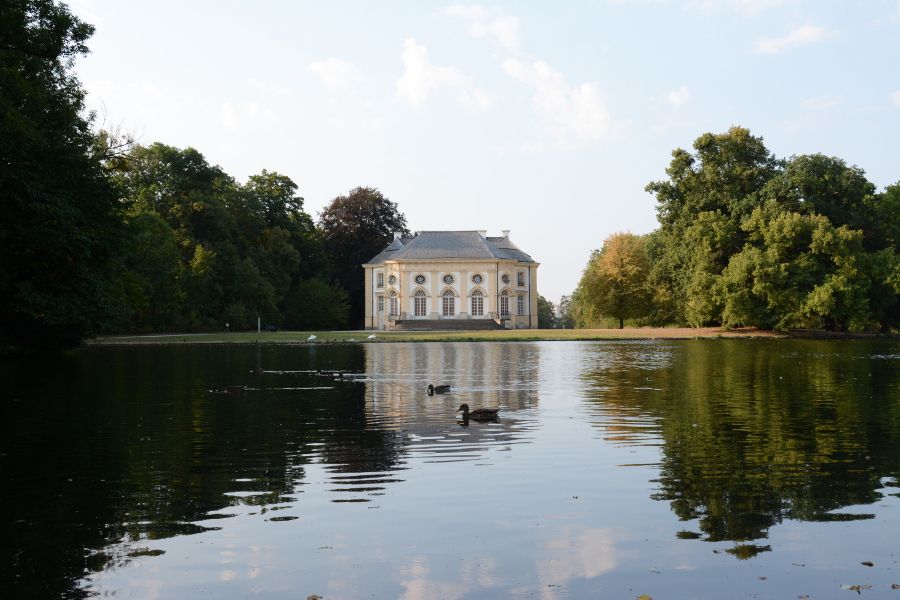
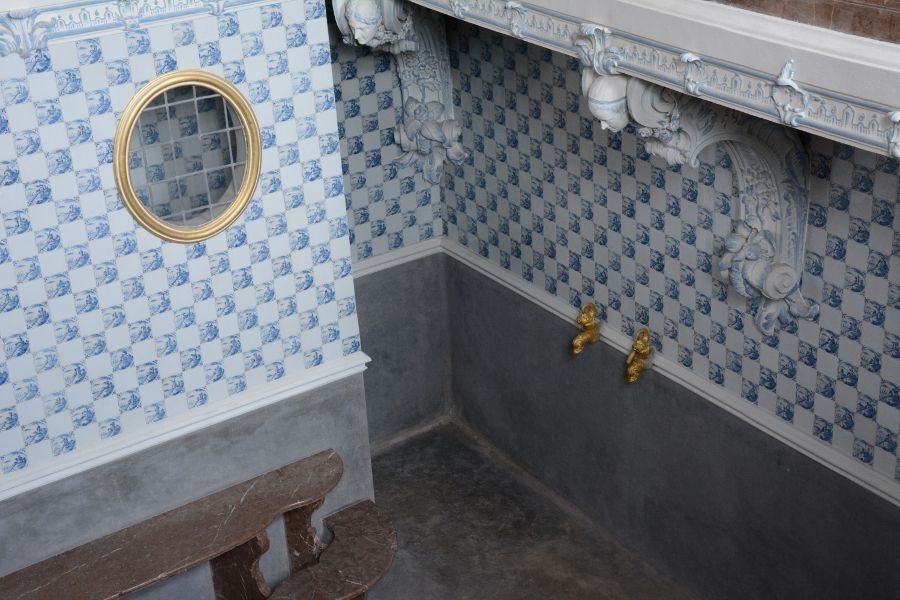
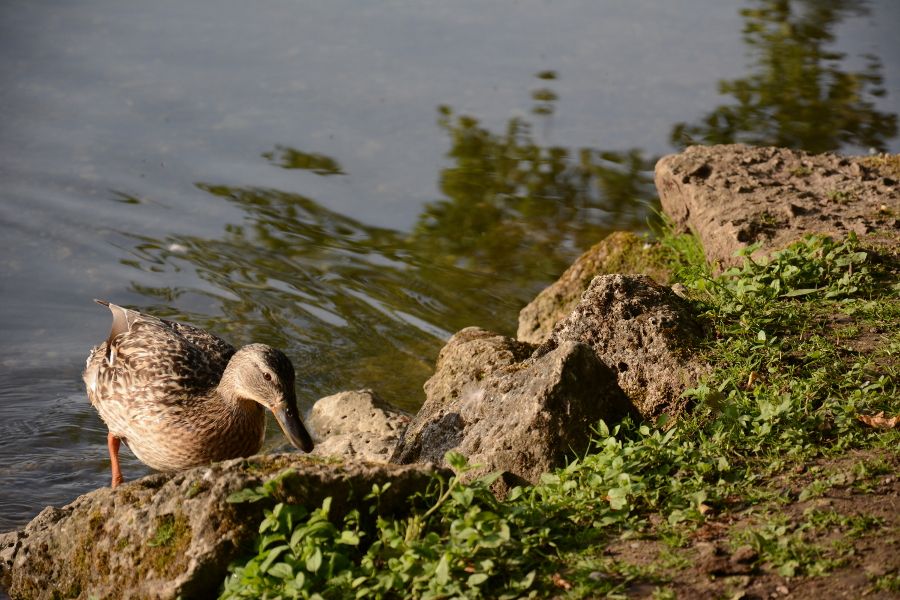
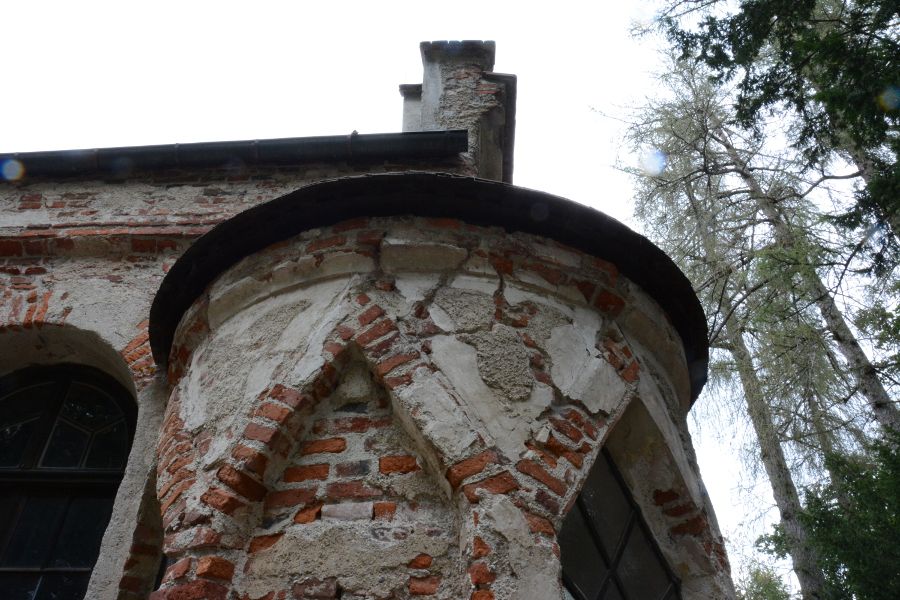
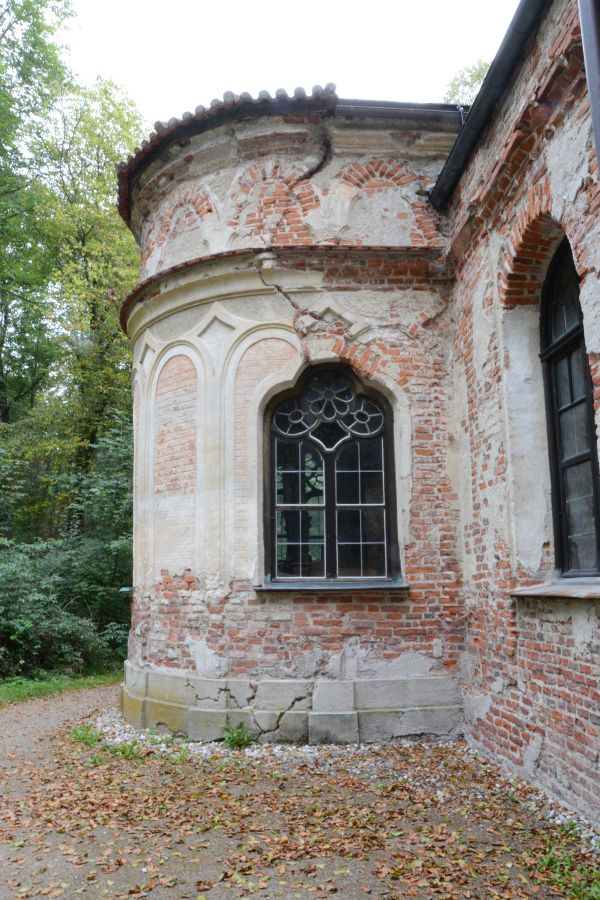
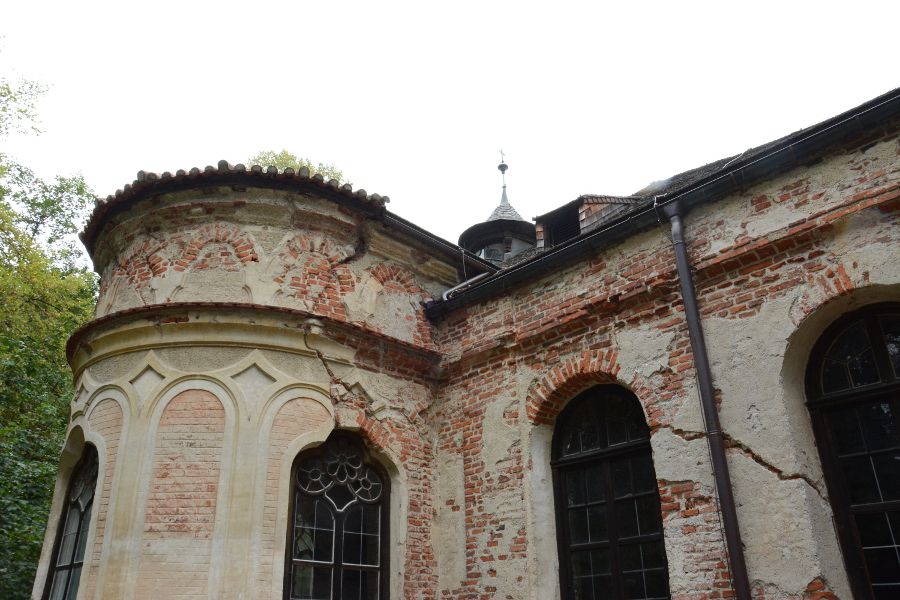
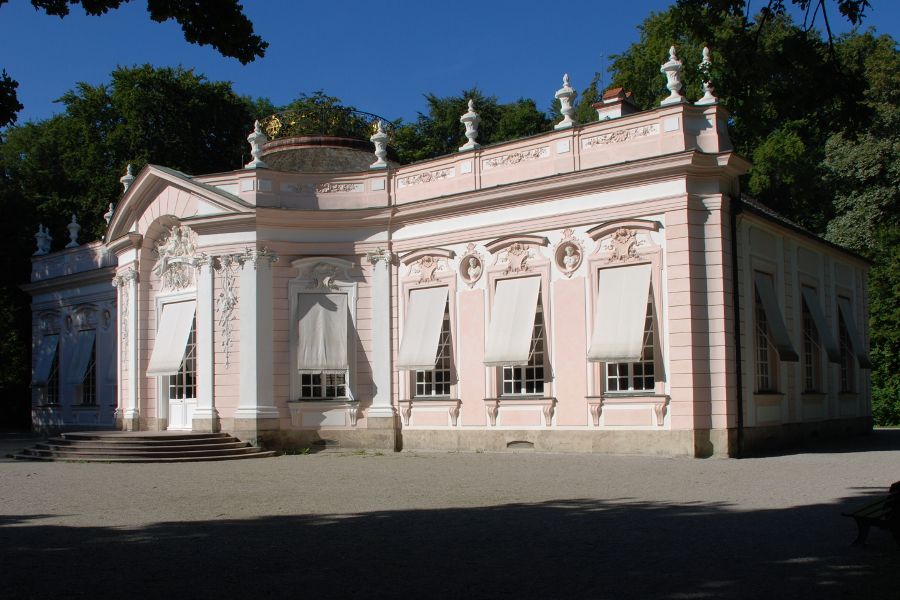
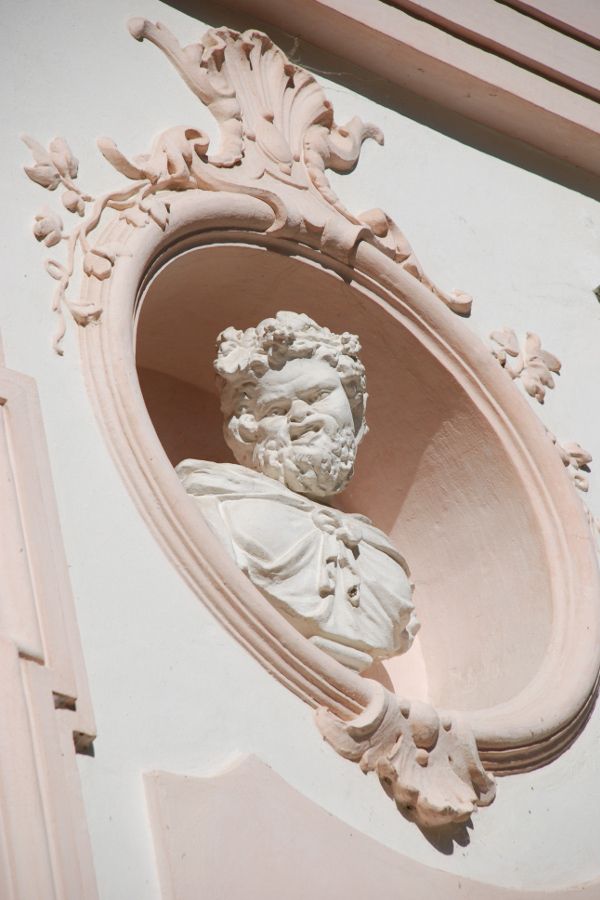
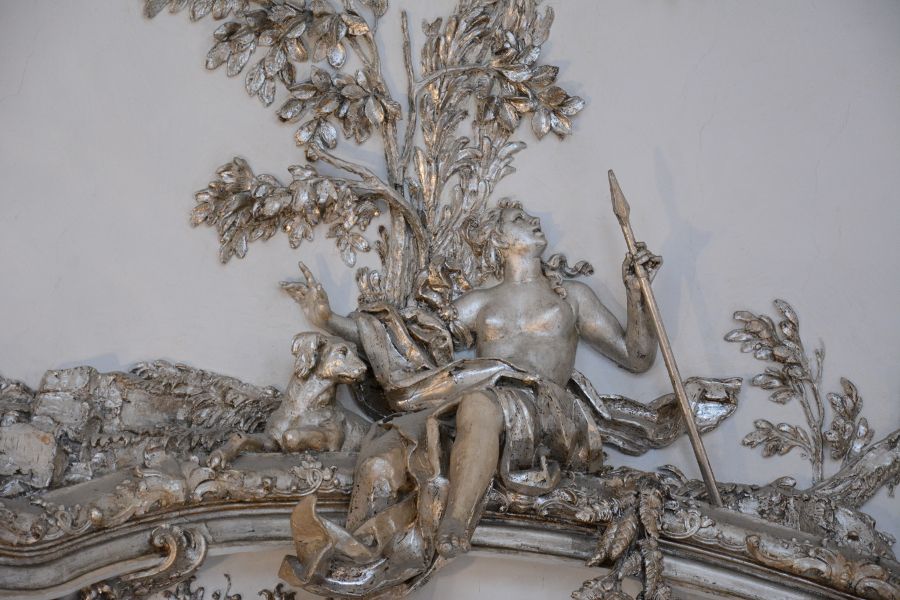
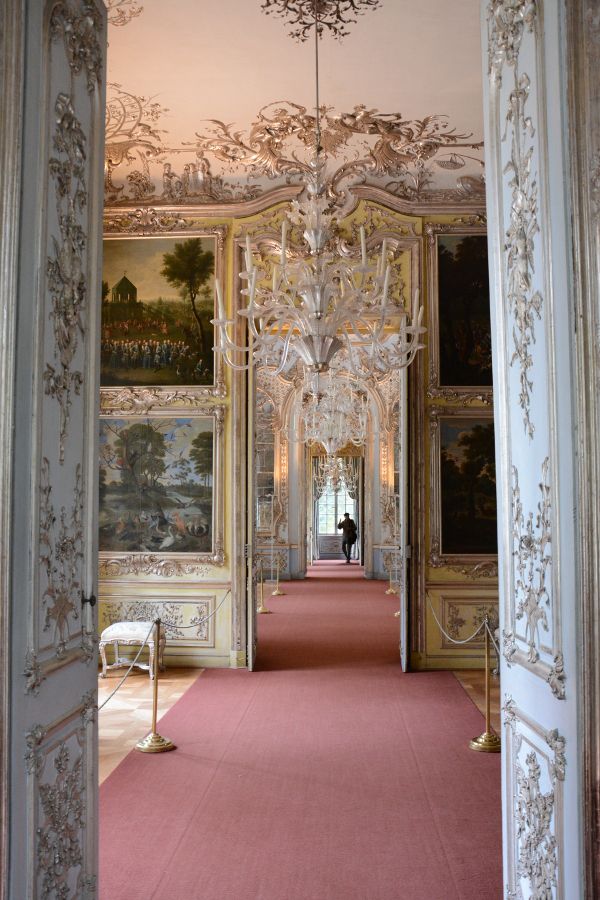
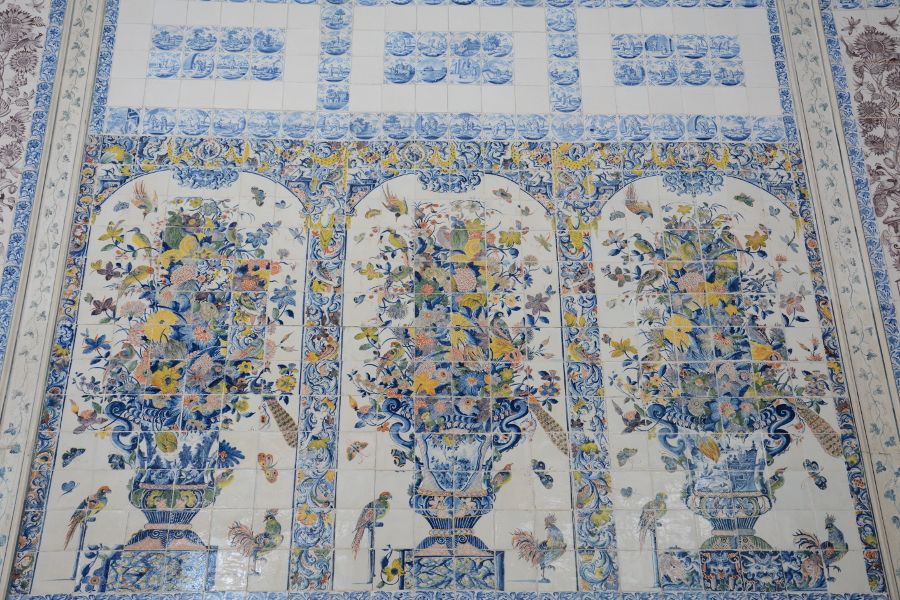
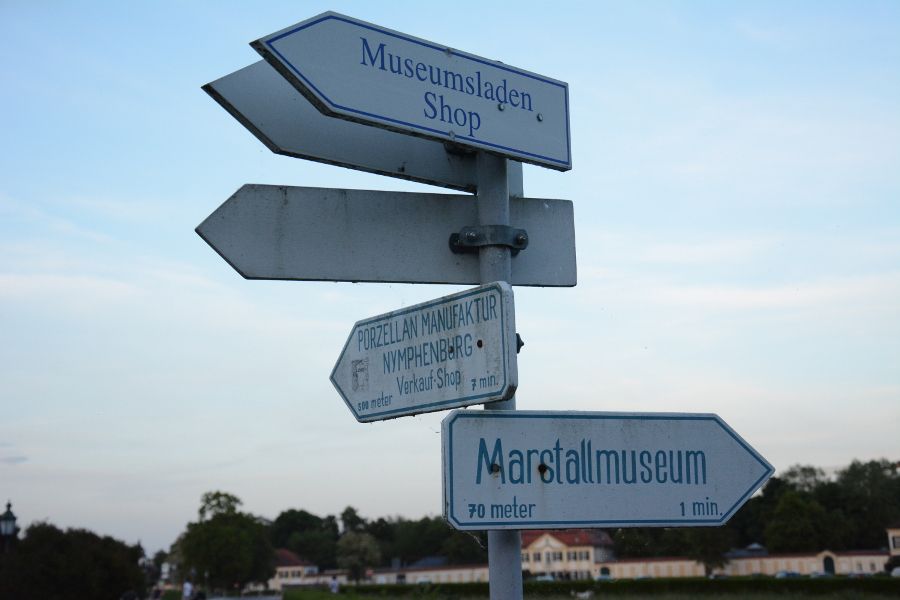
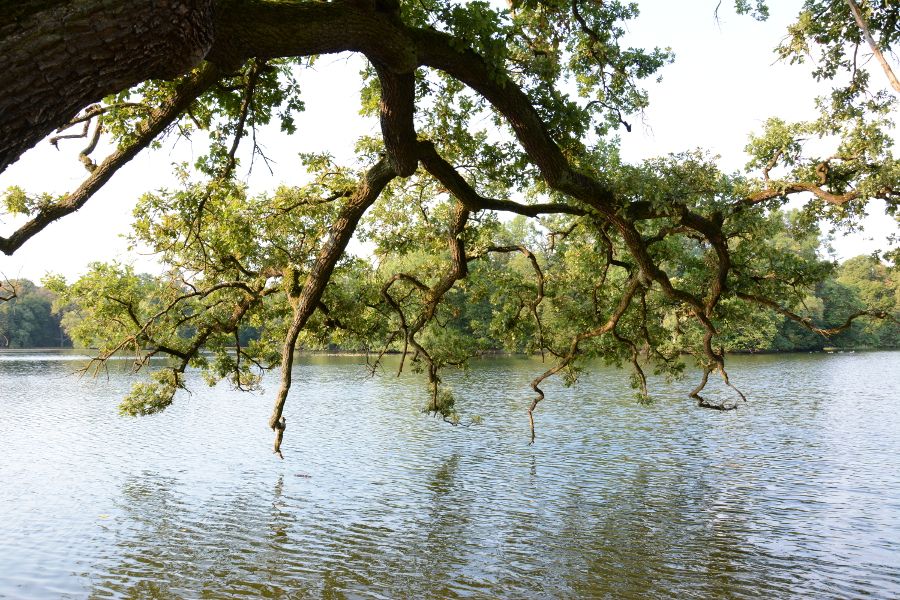
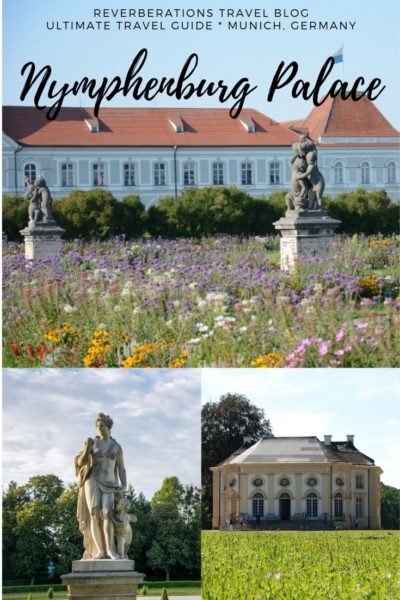
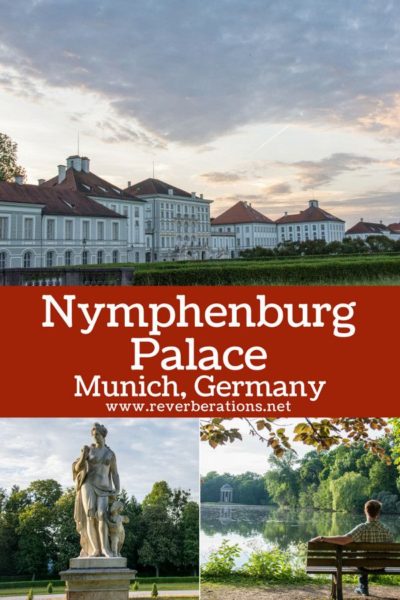
This sounds like a perfect place for an autumn day! I loved the photo of the garden with a girl running – it made me want to go for a run as well. And those geese look so funny in front of the Palace.
I went to Munich for the first time in 2016. Hate that I didn’t know about this place! I will have to put it on my list for next time!
Wow this is like something out of an ancient fairy tale the grounds are gorgeous. It actually reminds me a little of Powerscourt in Ireland with its dramatic statuary and incredible statues.
Wow, not heard of this palace but it looks like a fantastic place for a day out! I love it when you stumble across something like this. Lovely to see something a bit different.
I love how you’ve captured the artwork at Amalienburg. I hadn’t heard of Nymphenburg Palace before, but looks like a great place to visit.
Wow, I’ve been to the palace twice and have never explored the gardens — I had no idea that all there were smaller palaces out there! Now I’ll have to go again 😉
I have never heard of this place, but it is stunning! You could definitely spend an entire day walking around as the grounds are huge. Thanks for sharing!
That palace looks incredible!! I will definitely have to add it to my must-see list for Germany 🙂 Great article with so much helpful information 🙂